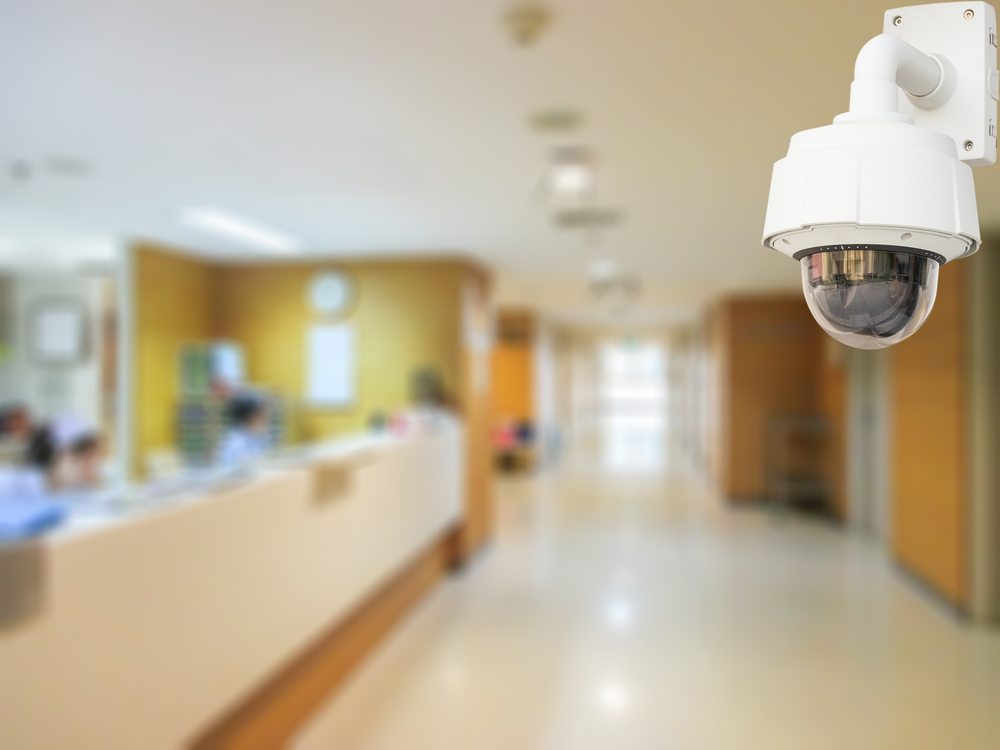Despite the fluctuating weather lately, spring is on the horizon. Building managers and staff need to start thinking about how to handle spring maintenance in terms of their facility operations to ensure it functions at optimum efficiency and capacity. Consider these elements of building operations as the seasons transition.

Air Filters
Air filters on all HVAC equipment should be checked and changed before the temperature reaches levels at which air conditioning is needed. Spring is also a good time to check and clean all air conditioning units and make sure that systems are running properly.
Thermostats
As we switch from needing heating to air conditioning, thermostats should be adjusted slightly upwards to save energy. If you have smart thermostats, they can be programmed with winter and summer settings. Be sure to re-check these automatic settings to ensure they are still programmed correctly, especially in this middle ground weather season.
Consider Your Peak Usage Times
Schedule major repairs and updates to work around times when your facilities have the most traffic. This will minimize interruptions for building users as well as maintenance workers. For example, college and school campuses tend to experience lower use during the summer. Tourist facilities, on the other hand, may or may not have a winter off season. If your facility has had downtime throughout the winter, then it is vital to check plumbing, as damaged pipes may have gone unnoticed while they were not being used.
Check for Roof Leaks
Snow melt can cause problems for roof leaks and clogged gutters, though these should have been cleaned in the fall! Now, it’s a good idea to check and clear them again for the spring. Check flat roofs for standing water. Water seepage and potential damage is most often caused by snow melt or spring rains, so it’s important to check your roof regardless of your climate.
Start Looking at Landscaping
Some annual plants need to get in the ground as soon as snow has melted. Inspect lawns for bald spots as soon as you can, so you can plant new seeds and give them a chance to grow. Also inspect and test irrigation and sprinkler systems. Lawns and perennial boundaries should be fertilized. If you have made changes in your landscaping, make sure to update your watering and irrigation schedule so that new plants receive the water and resources they need.
Pot Holes and Road Safety
Pot holes tend to form in parking lots and driveways when the temperature changes, water freezes into ice, and expands in pavement. Spring is a good time to patch any holes or cracks in parking lots, driveways, and sidewalks. Repair them before they become a liability problem.
Wash Windows
Windows tend to get neglected during the winter, and dirt and grime builds up. Now is a great time to hire window washers and spruce up the exterior of your building, letting in that spring light.
Pest Control
During winter, pests tend to remain dormant and cause fewer problems, but they all show up in the spring. Make sure to spray and prevent appropriately, and do an inspection for signs of rodents. Wooden buildings should be checked for termite damage.
Clear Clutter
In winter when people are less inclined to go outside, trash can sometimes build up just inside the building instead of being properly taken outside. Clean out now. As you go outside, this is also a good time to check emergency and stairwell signage and lighting. If possible, test the backup generator and make sure it is powering everything it is supposed to.
Check Fire and Emergency Systems
Test all smoke alarms and replace batteries or backups immediately. If you have fire extinguishers, make sure none are expired; replace if necessary. Take inventory of your first aid kits. If needed, replace expired supplies. Ensure these are properly upkept, so they are ready or at the ready when emergency unexpectedly strikes.
Spring cleaning is often alludes to clearing houses, but commercial buildings benefit from it as well. Scheduling routine maintenance on plumbing, roofs, HVAC systems, and more for the spring is particularly valuable, especially for buildings which experience winter down time. If you are looking for custom solutions to support your facilities management needs and to make sure that spring maintenance is done properly and on time, contact us today.

















